Archive
null
KubaParis
Galatine
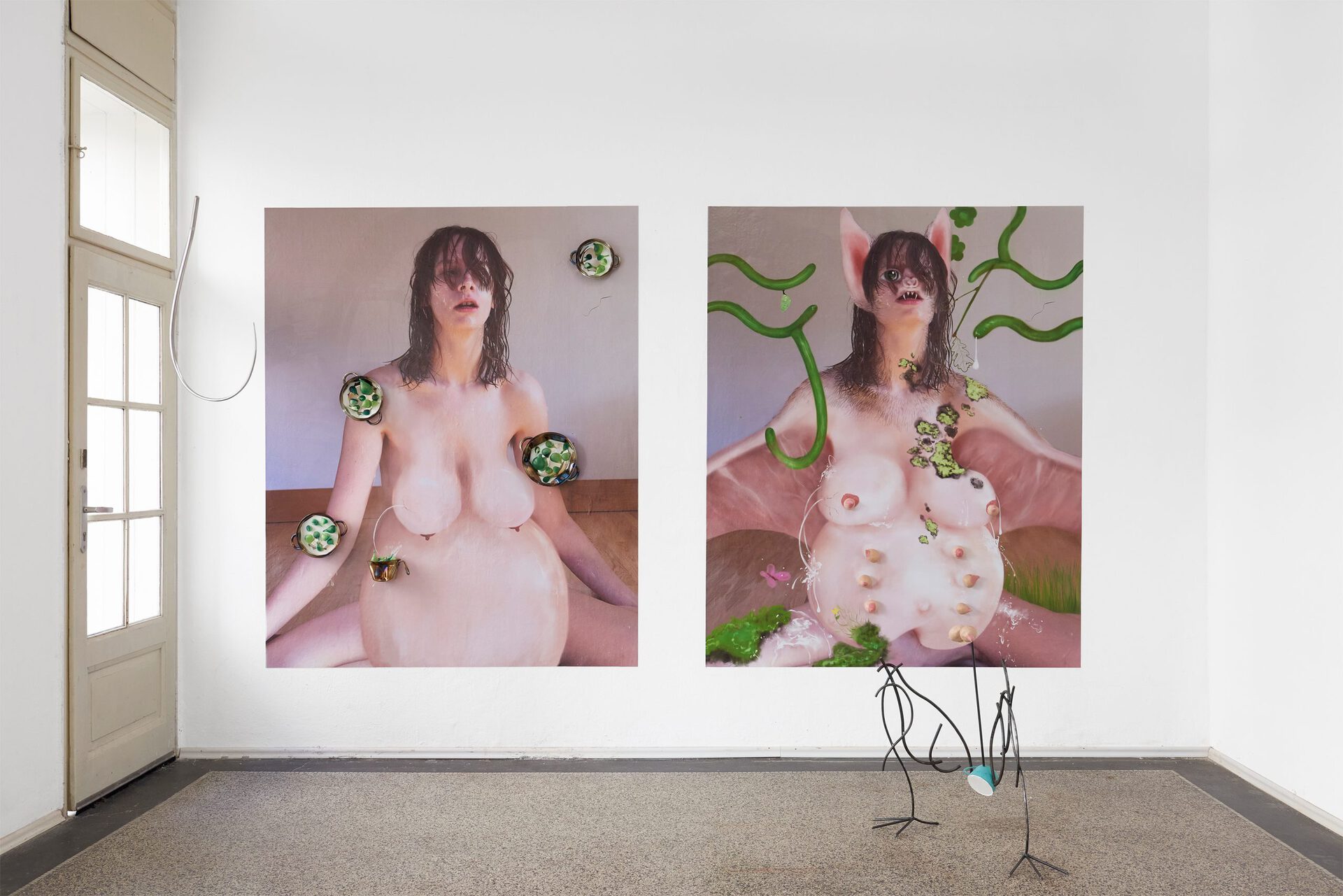
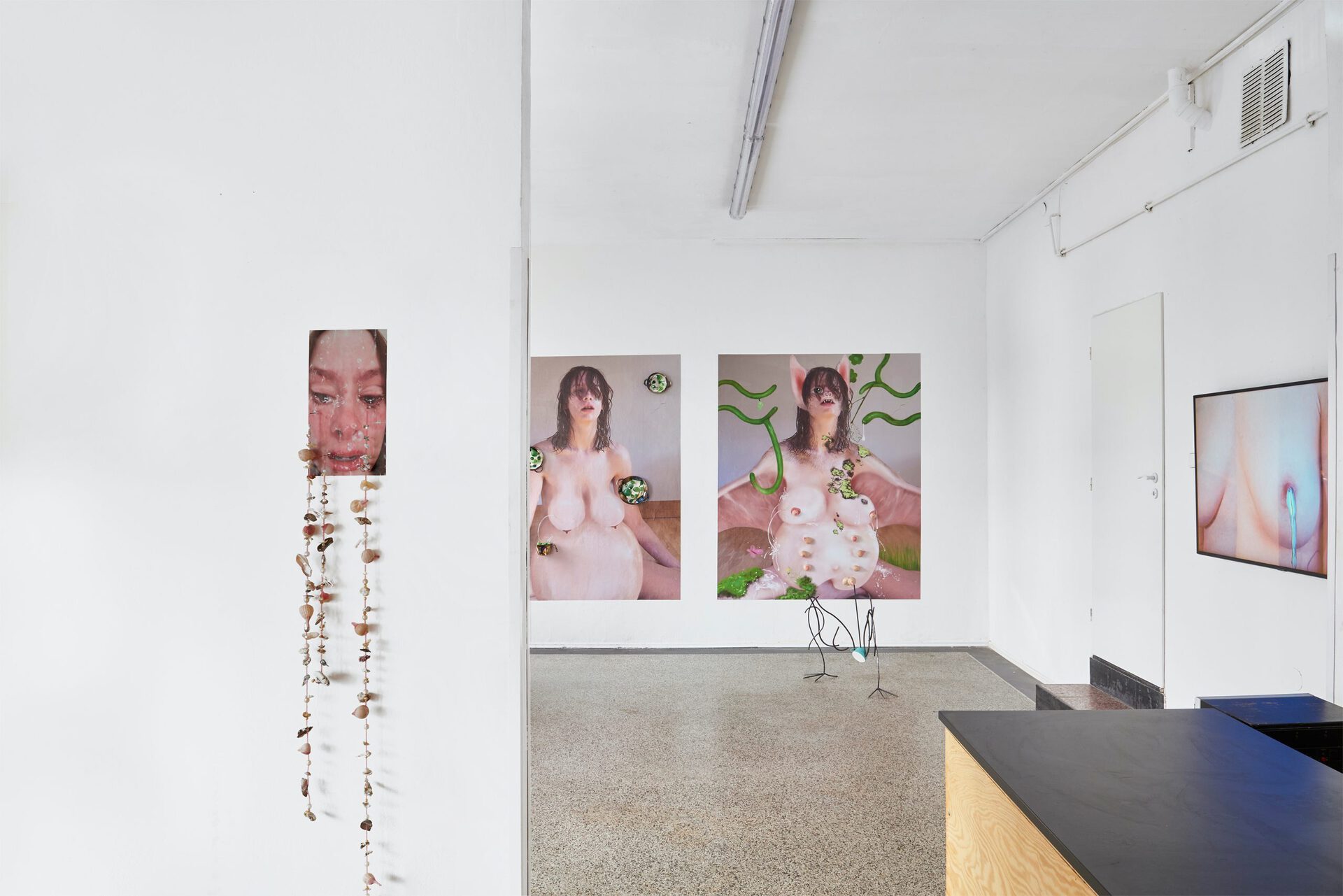
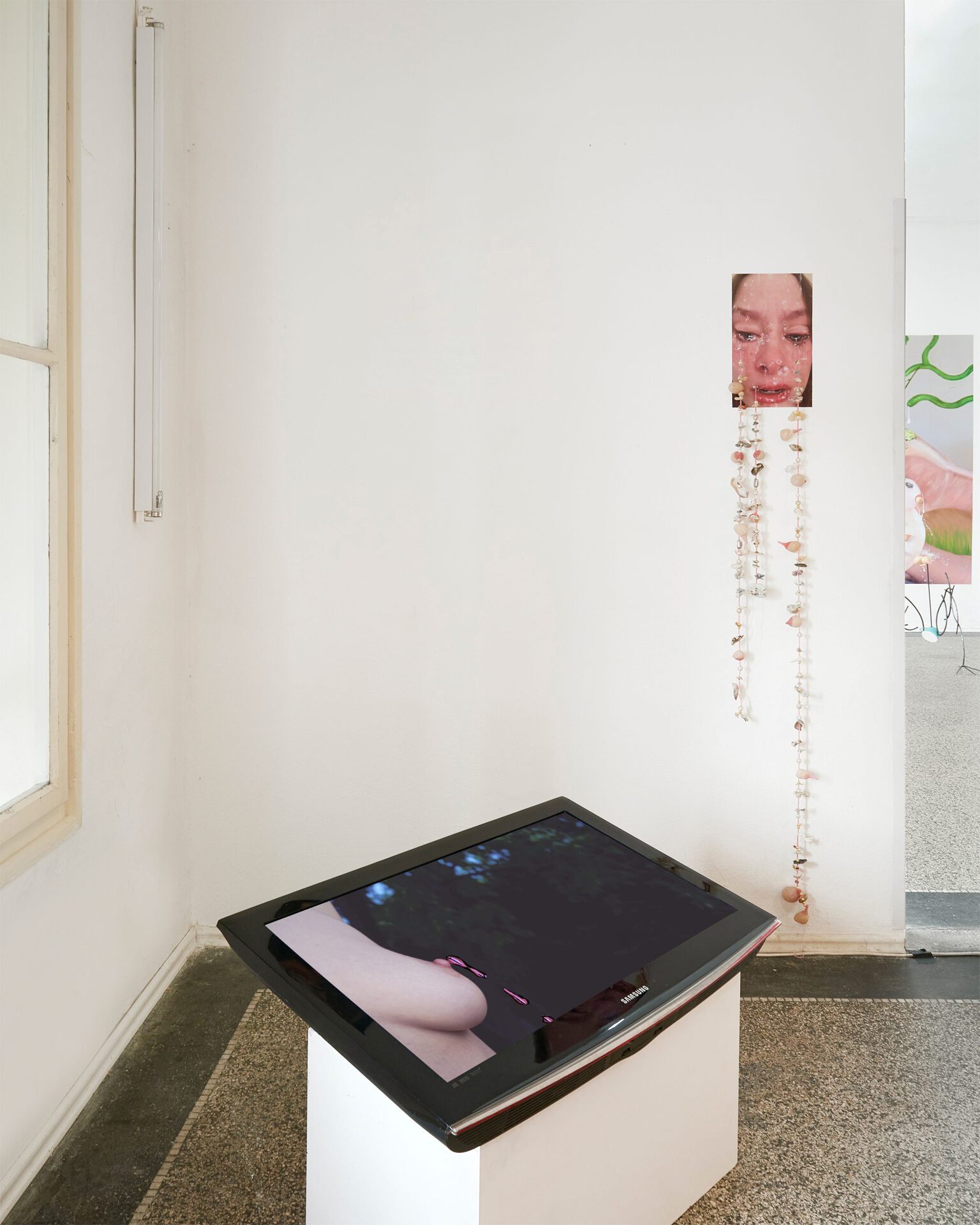
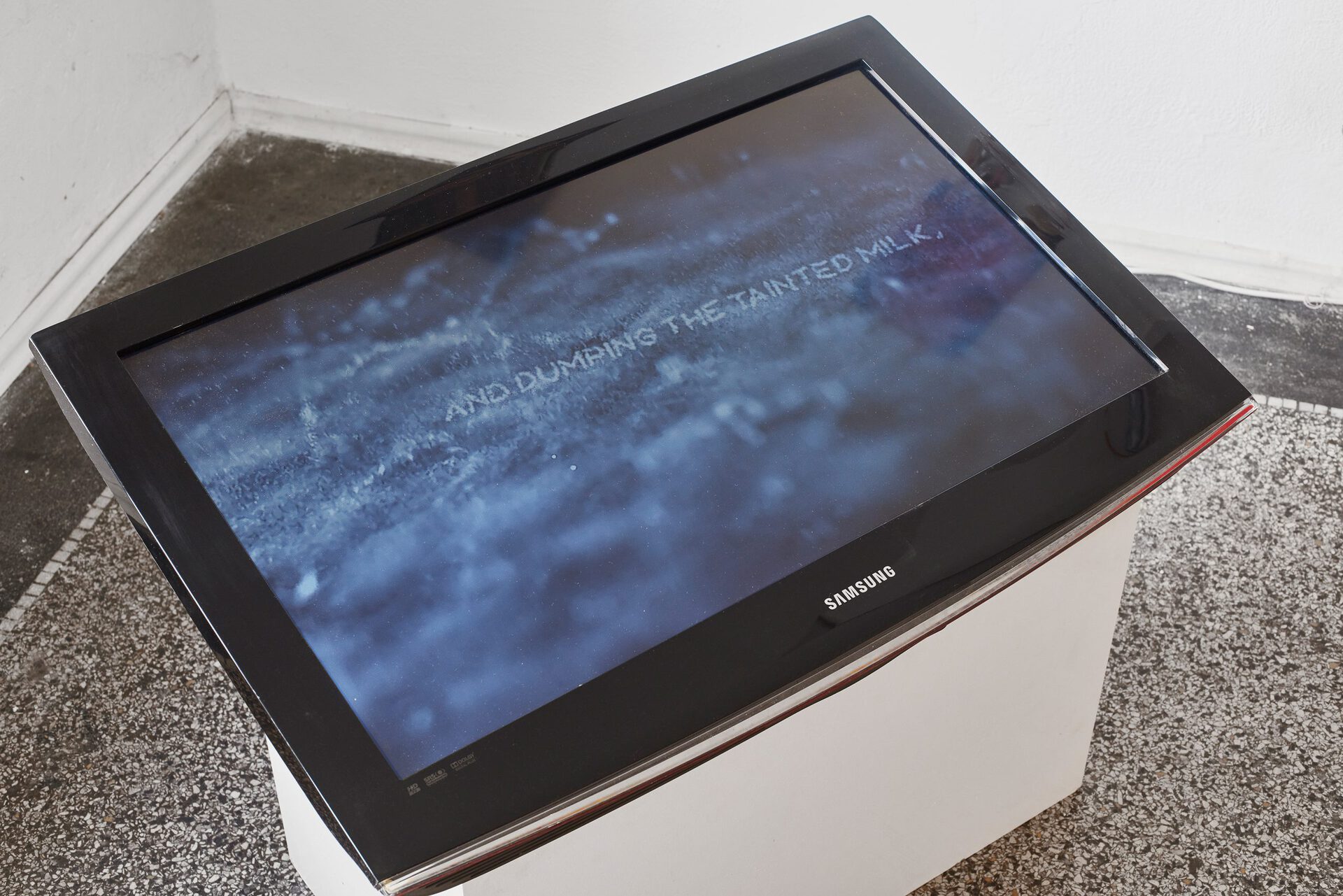

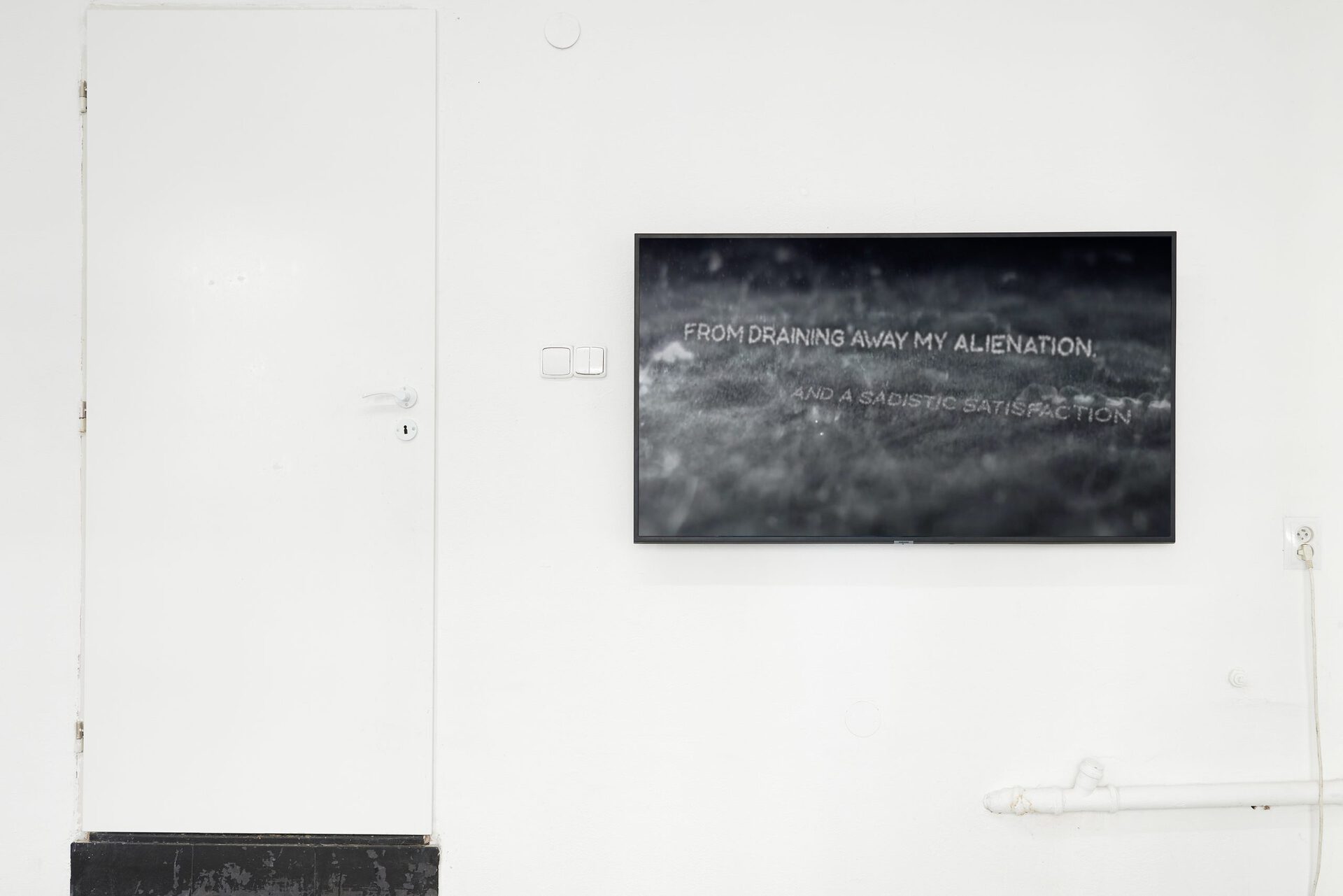
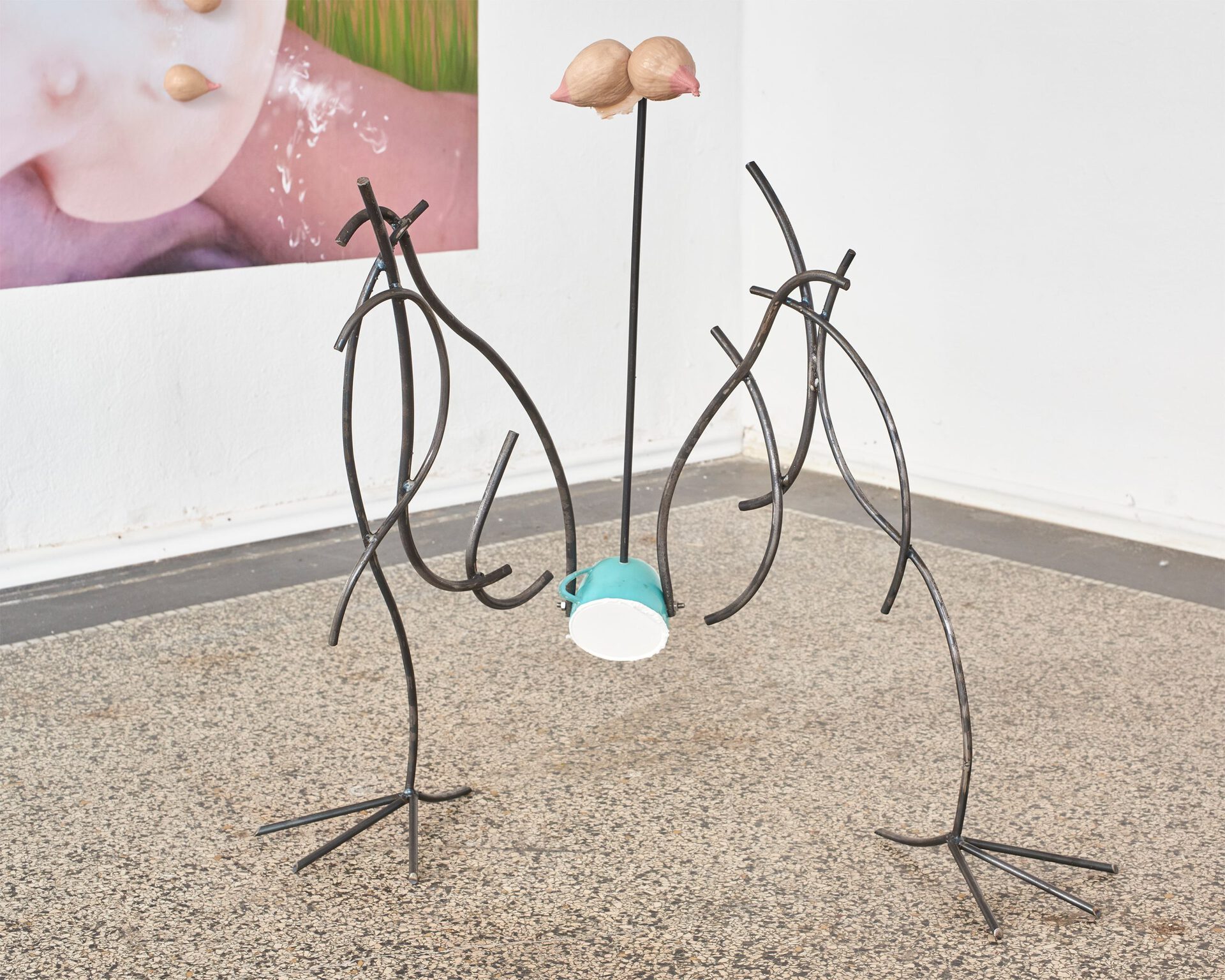
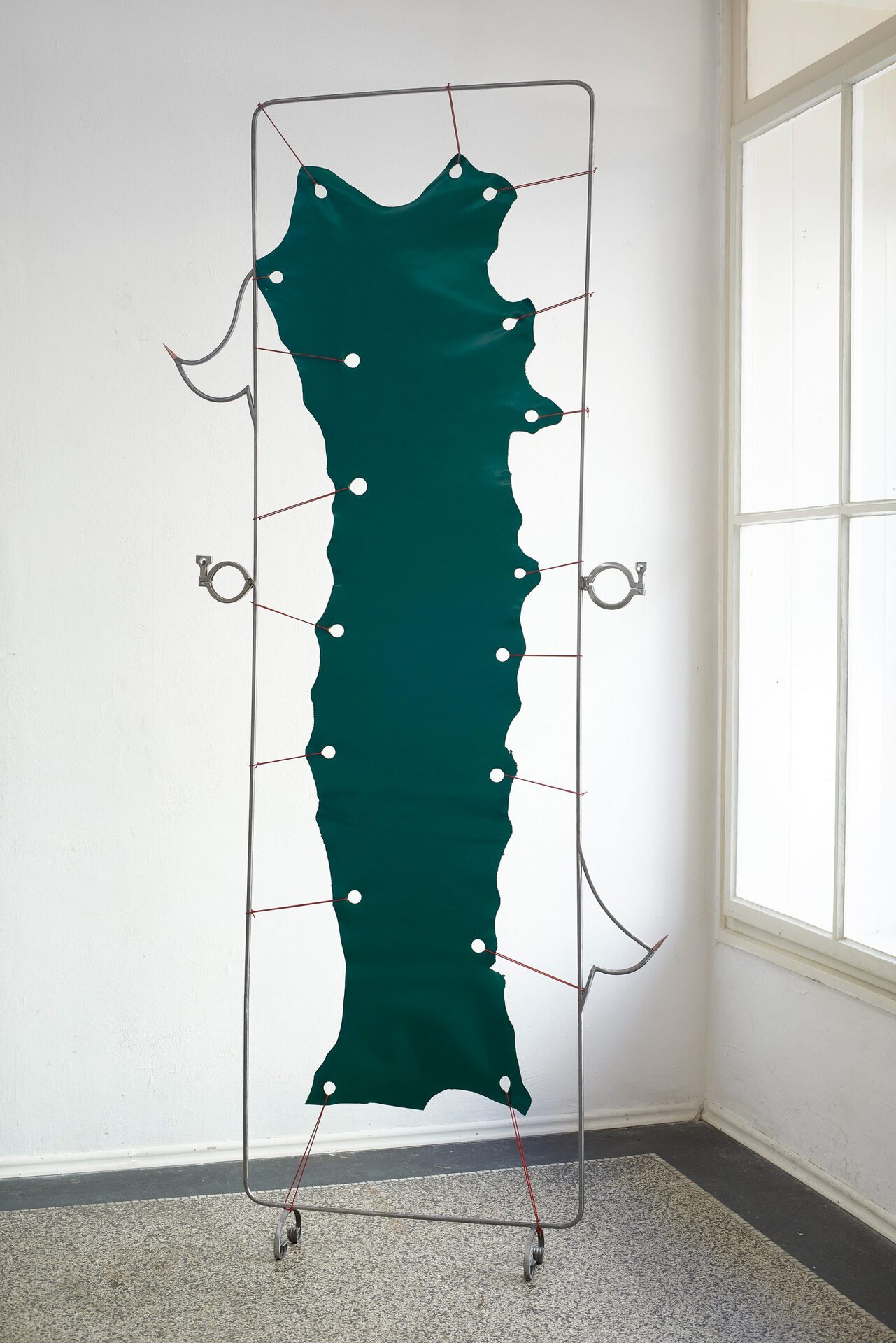
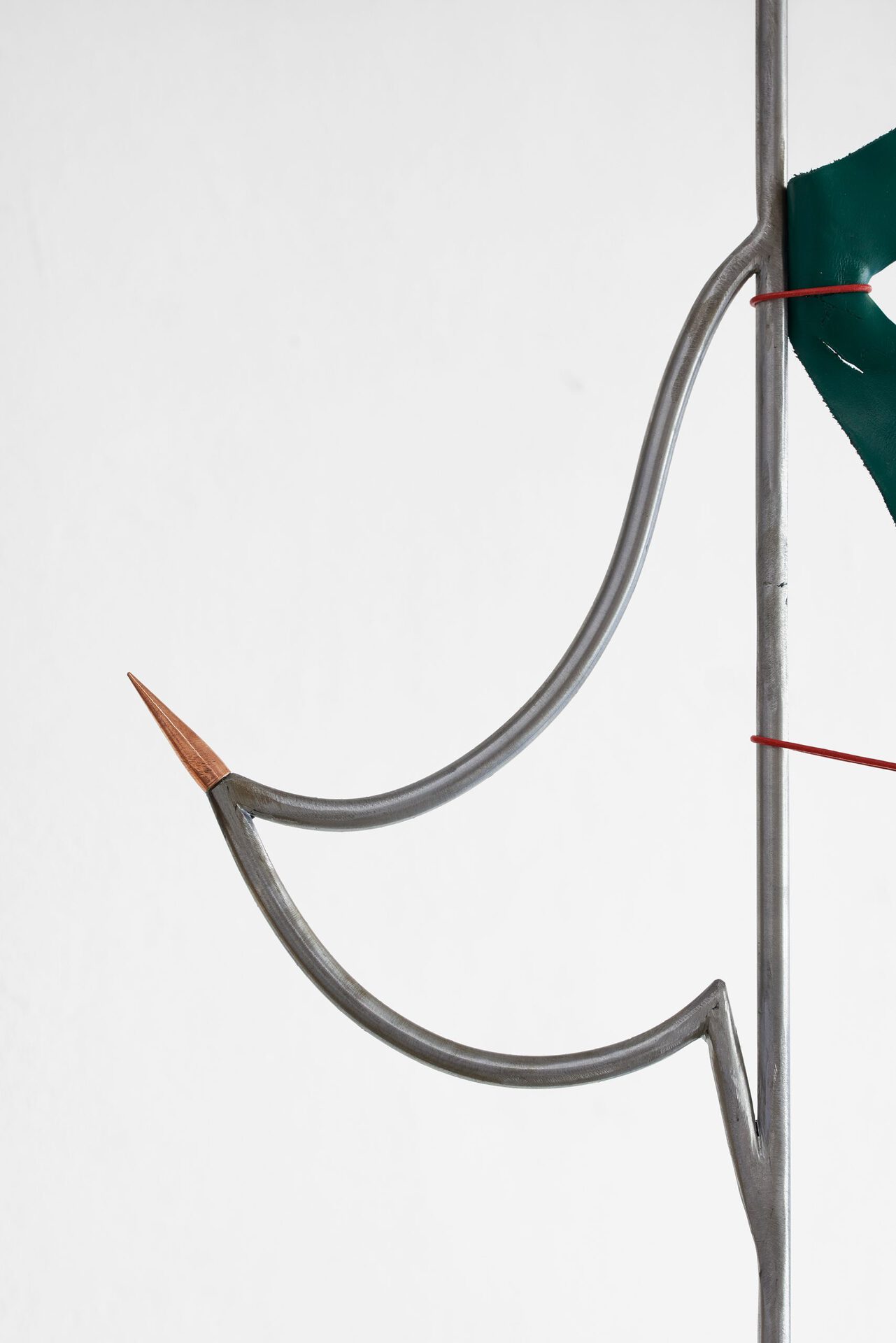
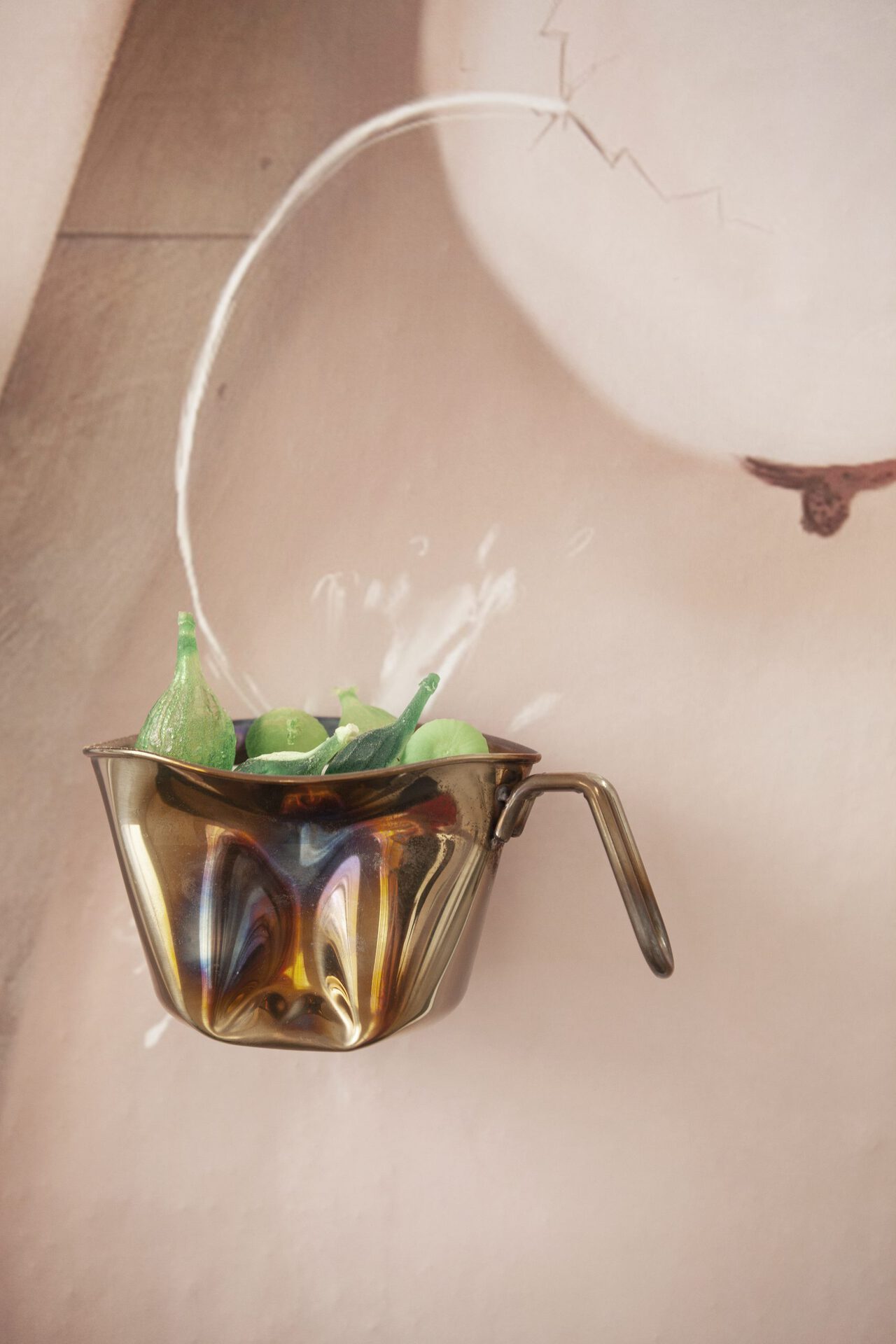
Location
Berlinskej ModelCurator
Like A Little DisastePhotography
Frantisek SvatosSubheadline
In the premises of Berlinskej Model, Like A Little Disaster will be presenting the works of five artists from different corners of the world: Romana Drdová (CZ), Julie Grosche (FR), Lucia Leuci (IT), Jaana-Kristiina Alakoski (SE), and Katy McCarthy (US). The theme of the exhibition is femininity, with motherhood and sisterly cooperation as a connecting leitmotif. The aforementioned artists will be preparing an exhibition of paintings, sculptures, photography, and videos in harmony and mutual cooperation; works and bodies and thoughts will empathically coexist with each other.Text
The etymology of the word “milk” – “lac-lactis or glactis” in Latin and “gala-galactos” in Greek – is linked to the oldest “GLU, GLA, GAL, GAR” root that indicates the onomatopoeic sound of swallowing of an infant during breastfeeding. Galatina (Italian feminine singular) Galatine (Italian feminine plural), is the name of a famous Italian milk candy. Galatine are made with powdered milk and honey. They look like solid-dehydrated-chalky-whitish circles. They are porous like all bodies of water. They return to their “hydro-state” through the connection with any other body of water, in this case, the saliva of our mouth. (1)
“Galatine” is conceived as a dialogue between five artists – Jaana Kristiina Alakoski, Romana Drdova, Julie Grosche, Lucia Leuci, Katy McCarthy – whose practices and poetics trigger an hydrophonic choir questioning and reflecting the concept of milk, experienced as material metonyms of a planetary watery mesh that interpermeates and connects bodies and bathes new kinds of plural life into being. Milk is commonly connected to human and, more generally, mammalian species’ experience, to care and nursing and primary nutriment. But milk is also something that goes beyond human projects. “Galatine” triggers a non-human perspective just by emphasizing human extracorporeal implications in the bodily waters of others – human and other animal, but also oceanic, mineral, riparian, gaseous, epiphytic, estuarine, arboreal, tropical, saline, lychenic, meteorological, galactic bodies. We are all just swimming through milky streams. If adult humans manage to keep their mouths away from milk, they often substitute it through its simulacra – mostly provoking well-know disastrous ecosystem damage; coconut milk, rice milk, soy milk, hemp milk, oat milk, pea milk, peanut milk, grains milk, barley milk, fonio milk, maize milk, millet milk, oat milk, rice milk, rye milk, sorghum milk, teff milk, triticale milk, spelt milk, wheat milk. In fact, not only do mammals produce milk; some birds, such as pigeons, doves, flamingoes, and penguins produce a substance derived from epithelial cells called “crop milk,” with which they nurture their chicks. Spiders do that and also cockroaches, pseudoscorpions, discus fish and some frogs and salamanders too. Plants emit milk-s too. Latexes and milky resins are secreted both for defence, for care and healing; what’s a new branch but a little baby to take care of? Through guttation some plants secrete small milky and viscous drops guaranteeing nutrition and hydration to the smaller plants below. Stones are made of calcium, many varieties of fossils produce milky fluids. Yes, stones produce milk but, in turn, milk produces stones. And more, casein is found in a variety of objects that we use every day (including tech-stuff); but it happens to be mixed with toxic plastics and derivatives. We are surrounded by milk, it is in us, with us, above us, below us, around us. Too close, too far, from invisible molecules to “our” shining galaxy that is milky twice, because it is the Milky Way and because it is the Galaxy. When infants ask their mothers for milk, they are actually asking for “the whole” Galaxy. Besides all, isn’t it true that the Milky Way was created from Hera’s milk breast?
Stones are porous, like all bodies of water; like all wet bodies, fossils are porous, the bodies of women, and fish, and infants, and flamingo, and Tajikistan, and alocasia, and spiders, and figs, and artesian wells, and galatine, are porous too. These bodies are all caught up in one another’s currents – as they are with the whale’s body, the body of the rain cloud, and the body of the increasingly toxic sea. As bodies of water, we are all and always, at some point of the levels, implicated. If “Galatine” began with the objective of ‘describing the geography closest in’, it has soon paddled a great distance while never really leaving this body that is ‘ours’. It has also paddled in time; milk connects us directly to childhood, but also to other bodies across time and space, where the entwining of bodies might stir ‘the remembered smell of our own mother’s milk ’. As a watery vector between bodies, milk gathers the heritages of the myriad porous bodies that are the condition of our perpetual hydromorphic condition. We all give ourselves up to another wet body. We all become with, or simply just become, other milky seas. While the subject-forming lineaments materialize the body very concretely, they also index its multiple belongings and anchor their subjectivity in multiple places.
The body is always multiple.
Well, yes, this body is also situated as a maternal body. “Galatine” portrays the act of nursing as a vector of powerful and sometimes uncanny affect: “the act of suckling a child, like a sexual act, may be tense, physically painful, charged with cultural feelings of inadequacy and guilt; or, like a sexual act, it can be a physically delicious, elementally soothing experience”. (2)
“Galatine” describes the transit of waters between bodies as a matter of fact, but also as a matter of feeling, of memory, of gendered and sexual embodiment. We might try to parse out the ‘real’ biological flows of milky intercorporeality (DDT, antibodies, flame retardant, calcium) from affective ones (bonding, love, revulsion, fear), but such divisions here falter. In “Galatine” psyche and soma, biology and affect, dwell in and as our bodies in what can be seen as an immersive space for a fusion of meshed gametes, where seemingly disparate bodily factions are nonetheless communicating with each other in empathic narration.
Remember: Saliva and milk are always fundamental resources in order to “Spit on Hegel again and again“
Adrienne Rich, Of Woman Born: Motherhood As Experience and Institution, 1976
SUMO Prague 2021 is an international gwallery exchange project, the second edition of which, entitled The Odd Year II, will be taking place in Prague, Czech Republic from September 3 to October 15, 2021. Eight local galleries will be hosting exhibitions with an accompanying program curated in collaboration with partner institutions from abroad. The project aims to present the local audience with international art and artists new to the Czech context. SUMO will also help foster international cooperation in the field of contemporary art, establishing new networks and promoting exchange between artists, curators, art critics, and other art world professionals. SUMO’s opening weekend will take place September 3–5, 2021.
Like A Little Disaster is a collective of artistic research founded in 2014 by Giuseppe Pinto and Paolo Modugno who run the project together with Giovanni Pedote, Marika Dandi, Lysa Neufville, Giusi Aglieri, Grazia Mappa and Gabriele Leo (PLASTICITY) and all the artists and curators who aggregate and alternate according to the specificities of the individual projects. For the second edition of the international gallery co-op SUMO in Prague, the Berlinskej Model gallery will present an exhibition prepared in collaboration with Like a Little Disaster, a contemporary art gallery from the small Italian resort town of Polignano a Mare.
Like A Little Disaste